Q: What is the shoulder labrum?
A: The shoulder labrum is a soft rim of tissue attached to the outer edge of the shoulder socket. The labrum serves as a sort of bumper to help stabilize the shoulder – keeping the ball well centered on the socket when the shoulder moves. In addition, the labrum functions together with the capsule (the lining of the shoulder joint) and the rotator cuff (a group of muscles around the shoulder) to steady the joint and make it possible for us to swing a golf club, throw a baseball, lift a suitcase into the overhead bin of an airplane, or reach for a mug in the kitchen cabinet.
Q: How do injuries to the labrum occur?
A: Some common ways the shoulder labrum is injured involve moving the shoulder at high speed while the arm reaches out away from the body. Athletes of all ages can injure the labrum during racket sports like golf, tennis, and baseball. These sports usually involve the shoulder rotating at high velocity. The labrum plays an essential role in steadying the shoulder during these motions. Performing the motion with poor technique (for example, at the end of a long tennis match or a round of golf when our muscles are tired) produces force that can tear the labrum. The labrum is also commonly injured during collision sports injuries (football, basketball). If the shoulder dislocations or comes out of the socket, the ball of the shoulder rubs against the labrum and tears it from the socket.
Q: Someone told me I have a SLAP tear. What is that?
A: A SLAP tear is simply a type of labral tear that involves the Superior (top) Labrum and spans the Anterior (front) to Posterior (back) of the labrum. It is a prevalent type of labral injury. The good news is that many SLAP-type labral tears can be treated without surgery.
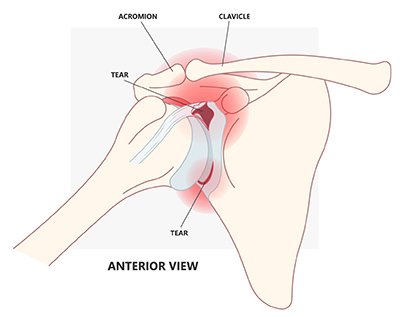
Q: Are labral tear symptoms different from rotator cuff tear symptoms?
A: The symptoms of a labral tear and a rotator cuff tear can often be very similar. These symptoms include pain, weakness, and instability. Patients also may often feel a click or a clunk when moving the shoulder in specific directions. A classic sign of a labral tear is apprehension - a fear or concern that the shoulder will pop out of the socket when moving in certain positions.
Q: When should you see a doctor for these symptoms?
A: Like most musculoskeletal injuries, it is reasonable to initially try to treat a shoulder injury with rest, activity modification, non-steroidal anti-inflammatory medications like ibuprofen, and ice. If symptoms quickly resolve and you can return to doing what you love, additional treatment is unlikely needed. In cases where pain or clicking persists anytime the shoulder is used or if the shoulder feels unsteady or dislocates, you should see a physician for evaluation. A dislocated shoulder requires immediate treatment to reposition the ball into the socket. Usually – this is easy to see and associated with sudden trauma.
Q: What are the options for treating labral tears:
A: For specific patterns of labral tears, treatment is simple and includes a period of rest or activity modification, non-steroidal anti-inflammatory medications, and ice. In addition, physical therapy is often a helpful tool to treat many shoulder injuries, including labral tears. Although physical therapy won't cause the labral tear to heal, it can greatly assist in improving the range of motion and strength back in the shoulder, which is sometimes treatment enough.
Not every labral tear needs surgery. An interesting point to consider is that MRI might show a labral tear in many patients with a perfectly well-functioning shoulder. MRIs are precise imaging tools and give us a lot of information. Your orthopaedic doctor has the training needed to help match up these MRI results with your symptoms to determine if surgery would be helpful or not. If non-surgical treatments do not help or the shoulder is unstable, repair of the labrum can be a reliable option.
Q: How is the labrum repaired during surgery?
A: Most labral repair procedures are performed using arthroscopic surgery. First, a series of small incisions the size of keyholes are made to insert a small camera and tools in the shoulder. Next, the labrum is re-attached to the edge of the socket.
Sometimes, there is not a clean tear of the labrum; instead, the labrum is degenerated or worn down. This type of injury happens more commonly in the shoulder as we age. For these types of labral tears, the surgeon uses a small shaver tool to smooth out the frayed edges of the labrum.
Q: What can patients expect after surgery?
A: After surgery to repair the labrum, sudden or extreme shoulder motions that would disrupt the repaired tissue must be avoided. Usually, you will wear a sling and avoid lifting and certain movements. Your surgeon will let you know how long you should wear the protective sling and of specific limits to your motion. Shoulder surgery can result in discomfort and pain, especially in the initial days and weeks after the procedure. Your surgeon will prescribe medications for this and likely recommend icing the shoulder to help with the symptoms. Physical therapy is usually required to gradually regain motion, strength, and overall function. Once you have demonstrated good motion and strength and your pain has improved, your surgeon will allow you to resume the sports and activities you love.
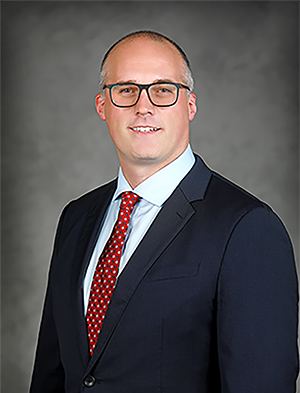
Guillaume D. Dumont, MD, Lexington Orthopaedics and Sports Medicine

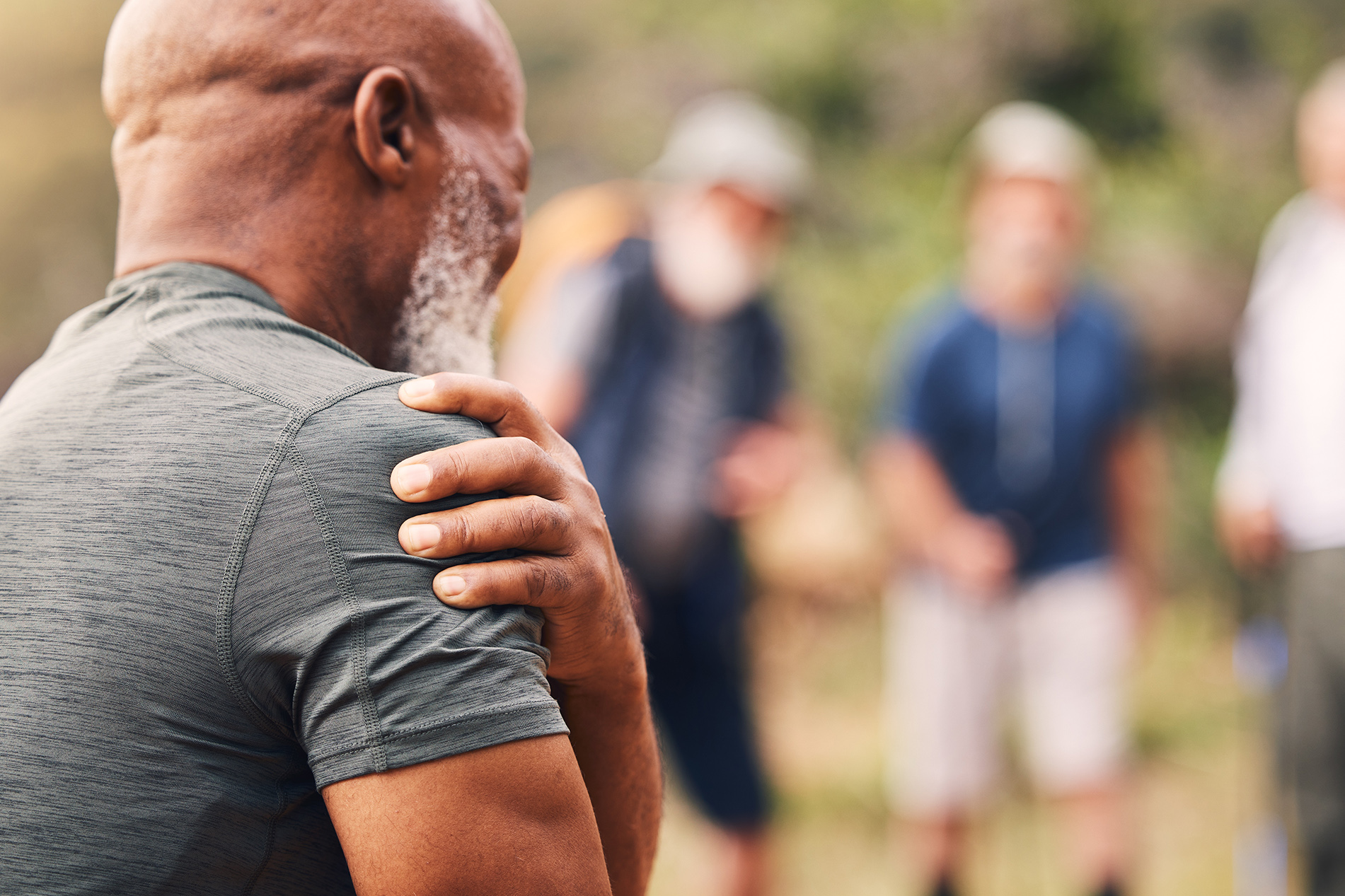

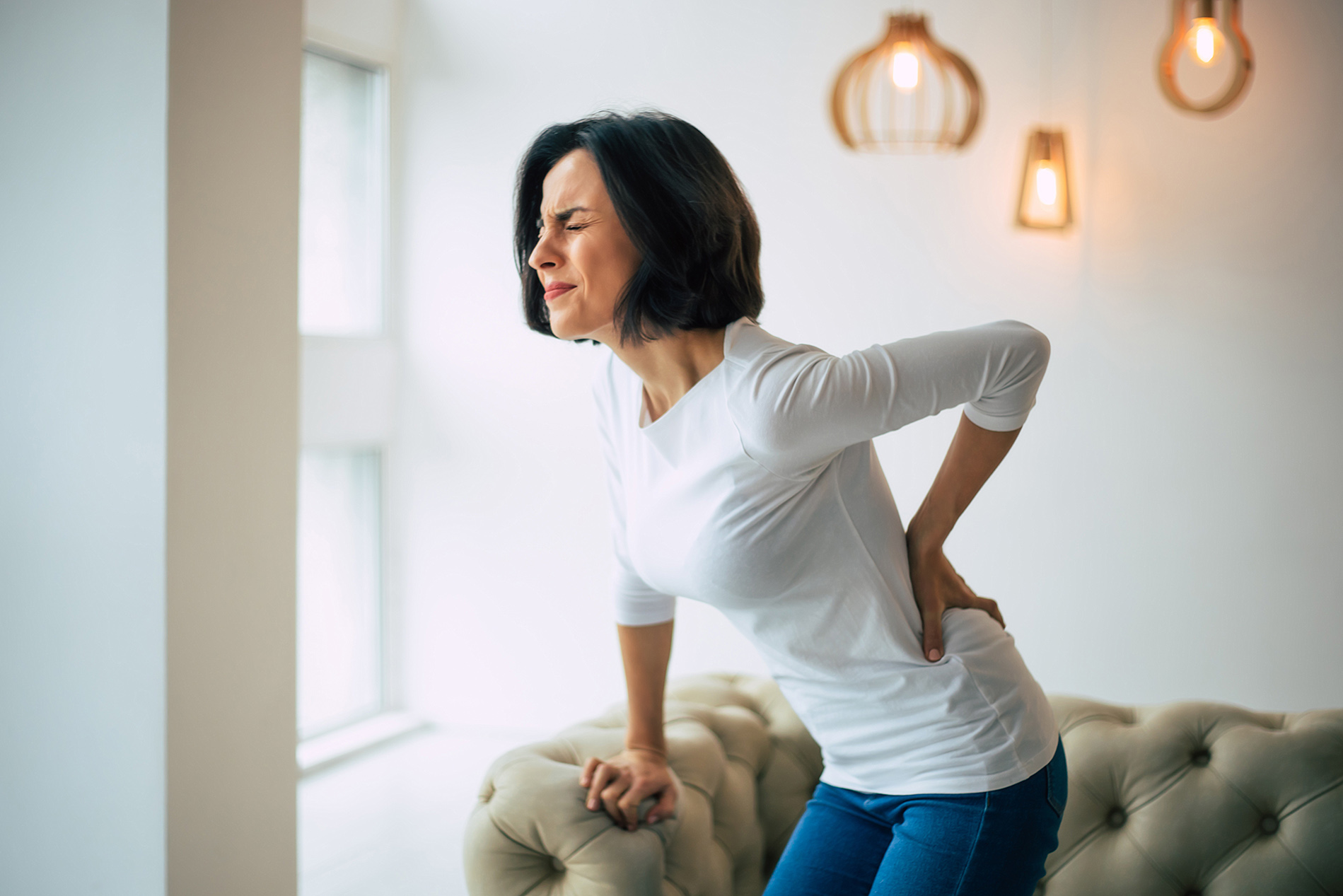

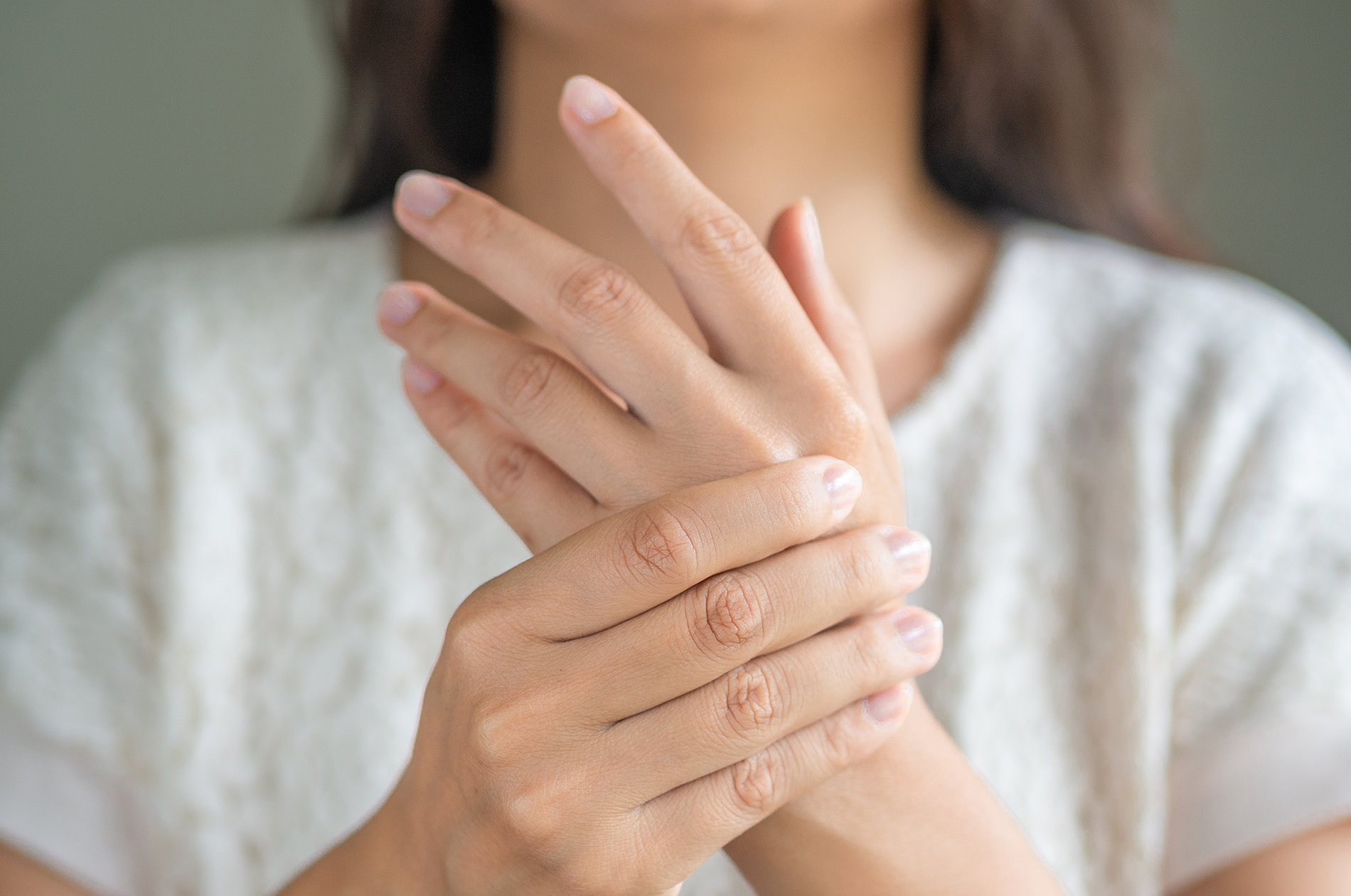



Leave a comment